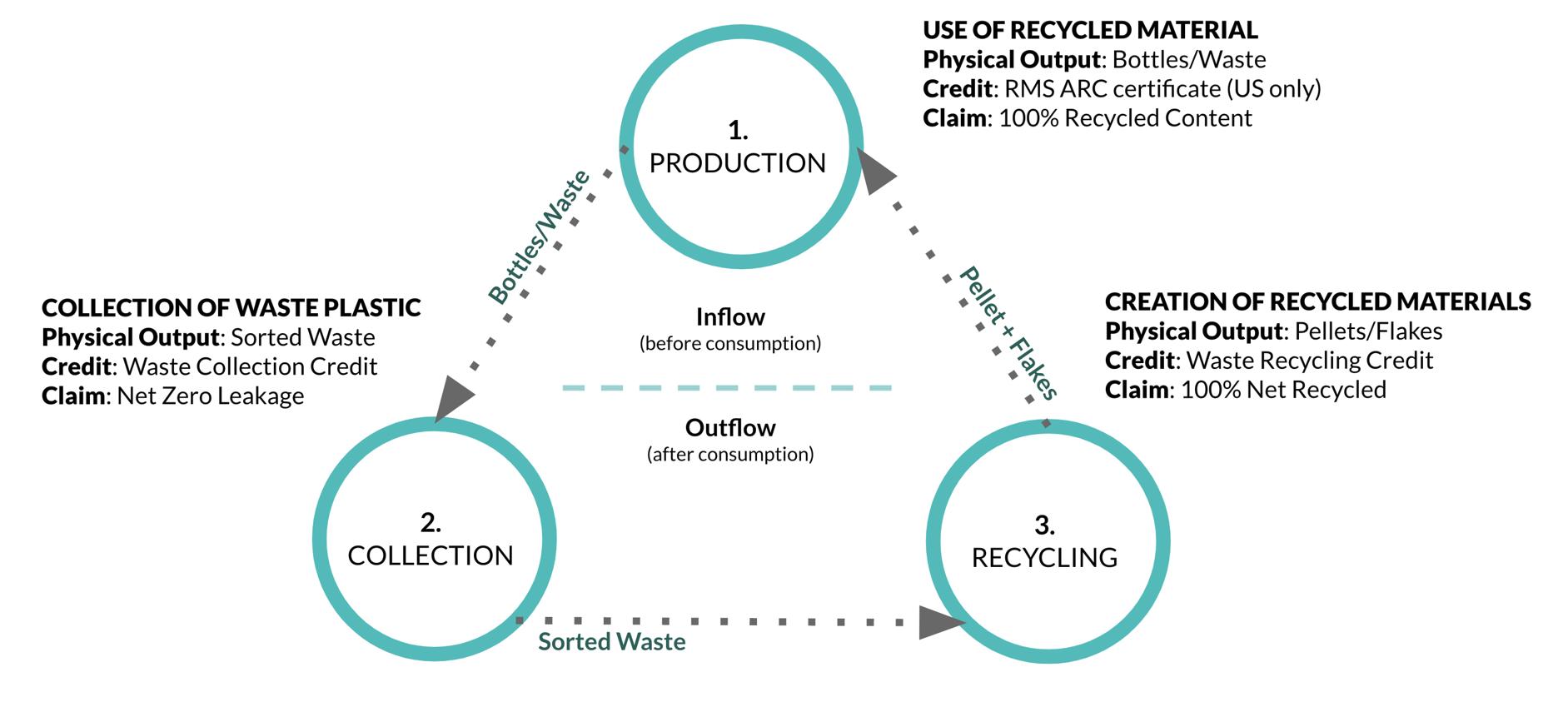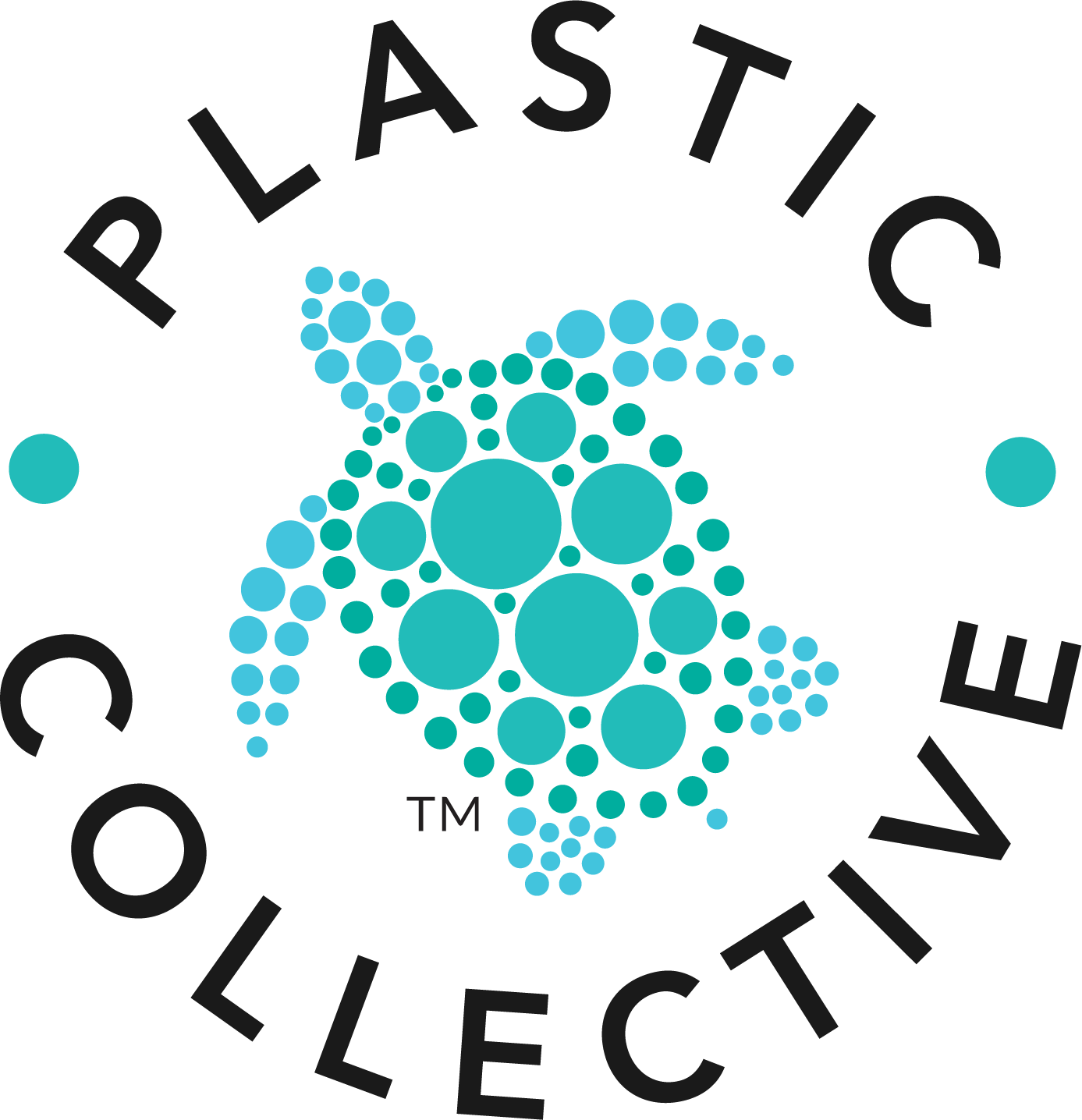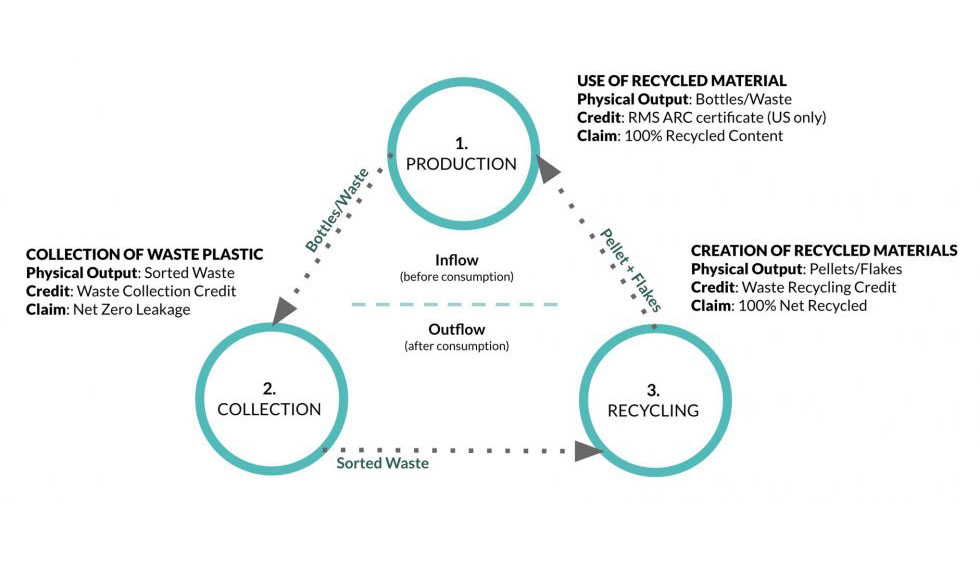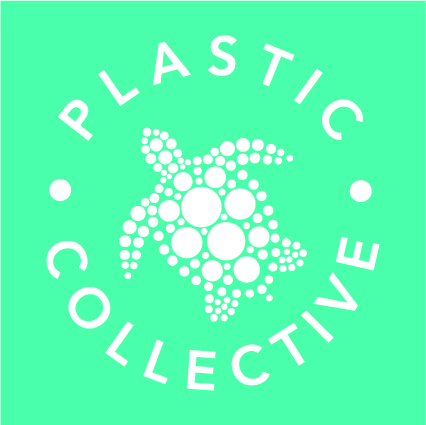“Greenwashing”, or the exaggeration of claims by companies about their environmental, social and governance (ESG) achievements, is a growing problem in the ESG industry. Under pressure from consumers, shareholder and environmental groups, regulators are now looking at tightening rules when talking about environmental claims such as sustainability or neutral emissions[1].
To instill integrity and counter greenwashing claims in plastic credit programs (such as Verra’s Plastic Waste Reduction Program) safeguards and enforcement mechanisms are embedded to ensure that companies do not make duplicative claims.
What are duplicative claims? Duplicative claims arise (theoretically) when two companies make the same claim about a single piece of work done by project therefore taking twice the credit for its environmental impact and getting a hidden trade off from each other. For example:
- Project A is an initiative which collects a total of 100 tons of plastic from the environment; and
- Company X (a retailer) uses 100 tons of plastic in its supply chain and buys 100 tons of plastic credits from Project A in order to claim Net Zero Plastic Leakage[2]; and
- Company Y (an airline) also uses 100 tons of plastic in its supply chain and buys 100 tons of plastic credits from the same Project A which were generated from the same work. These credits are purchased in order to also claim Net Zero Plastic Leakage.
You can clearly see here how two companies X and Y both claim the work benefit of project A that conducts a single collection activity. This is a duplicative claim (and for that matter a false claim)! Companies may do this (inadvertently or otherwise) to justify their green marketing strategy, an example of greenwashing where company’s claims are duplicated for environmental benefits to propel their marketing campaigns.
While advertising standards and industries such as fast fashion have yet to catch up to this, thankfully, credible and regulated plastic waste management standards have extensive safeguards and independent auditing in place to prevent duplicative claims, whether of eco-friendly products or sustainability claims. We’ll dive deeper into this in a separate blog!
The question of duplicative claims is often raised by plastic recycling businesses who sell both physical recycled plastic commodities and plastic recycling credits. Let’s explore a little more closely why this is not a duplicative claim.
When a plastic recycling business sells recycled plastic commodities to a company for use in their packaging, e.g. a drink bottle, they also usually sell the commodity buyer the opportunity to claim something like “we use x% recycled plastic in our packaging” and might also add “sourced from recycling business B”. This is usually very important to a company buying recycled plastic for use in the packaging.
We often get asked by plastic recycling businesses “if we sell recycled plastic commodity to a company and they say they use recycled plastic in their packaging, and additionally, we sell plastic credits to a different company, does this amount to a duplicative claim”?
The answer to this is no! Here’s why.
Business Practices & Plastic Stewardship
When considering a company’s approach to plastic stewardship[3], the flow of plastic into and out of the environment is broken into three distinct stages:
- First, the use of recycled plastic material in packaging in place of virgin plastic in production is encouraged. This is called the “inflow side”, describing the use of plastic before the consumer consumes the product.
- Second, after the consumer has consumed the product, some of the associated plastic packaging will be collected and / or recycled. This is called the “outflow side”, i.e. what happens after consumption.
- Third, after the consumer consumes the product, some of the plastic packaging won’t be collected and instead leaks into the environment – this is also part of the “outflow side”, i.e. what happens after consumption.
If a company is using plastic, it is encouraged to address each and every activity in the plastic value chain – production (inflow), collection and recycling (both outflow). If the company addresses all three activities successfully (with zero leakage into the environment) it can claim to be Net Circular Plastic, that is, it has no reliance on virgin plastic. This is plastic nirvana! Bravo!

Illustration : Achieving plastic nirvana by addressing plastic packaging inflows and outflows
But how does a company get to plastic nirvana and truly be a sustainable brand?
Credit programs enable a plastic waste collection credit (WCC) to be generated and sold from collection activity (activity 2 in the above illustration), and a plastic waste recycling credit (WRC) to be generated and sold from recycling activity (activity 3 in illustration). Companies can address shortfalls in the collection and or recycling of their plastic waste (reducing plastic pollution) by buying these respective credits. And buying credits represents an investment in the underlying collection and recycling activities.
However, existing credit programs[4] do not certify for recycled content on the inflow side (production activity). So companies must actually use 100% recycled content to make a 100% Recycled Content claim.
Let’s now tie this back to the plastic recyclers’ duplicative claim question: “Are there duplicative claims being made if we sell physical plastic commodity and our commodity buyer makes public statements that they have 100% Recycled Content in their packaging and additionally, we sell plastic credits and associated claims to a plastic recycling credit buyer?”
As you can see from the three separate plastic inflow and outflow activities, any claims relating to the use of recycled content in packaging are aligned with activity 1, i.e. the inflow side. In contrast, the claims relating to collection and / or recycling of plastic waste are aligned with activities 2 and 3 respectively, i.e. the outflow side. The different claims sit at different parts of the supply chain. So, an entity using plastic in its production activity (activity 1) cannot claim that they did the activity of another entity in another stage (i.e. collection and / or recycling). Each entity is responsible for the activity they perform and therefore the credits that their activity generates. As you can see, the different green claims are mutually exclusive – not duplicative – of one another.
As the nascent plastic credit market develops, it is of utmost importance for all stakeholders that the risk of greenwashing is minimalised, by embedding integrity and rigor in the claims and certifications process. Companies should follow the relevant guidance closely and conduct their own due diligence and auditing for each and every claim they seek to make.
Learn more about Greenwashing, along with reducing your carbon footprint, recycling plastic and finding green initiatives by subscribing to our mailing list today or becoming plastic neutral here.
Sources:
[1] Economist, The World This Week: Business. June 1, 2022.
[2] Zero Net Plastic Leakage means that an equivalent to the total weight of plastic put into a market is permanently removed from the environment (Guidelines for Corporate Plastic Stewardship, p.24)
[3] Plastic stewardship refers to an organisation’s strategic journey to achieve full and ongoing circularity in their plastic usage, with associated targets supported by regular and consistent accounting.
[4] The recently launched Recycled Material Standard is expected to generate recycled content credits (US only).


